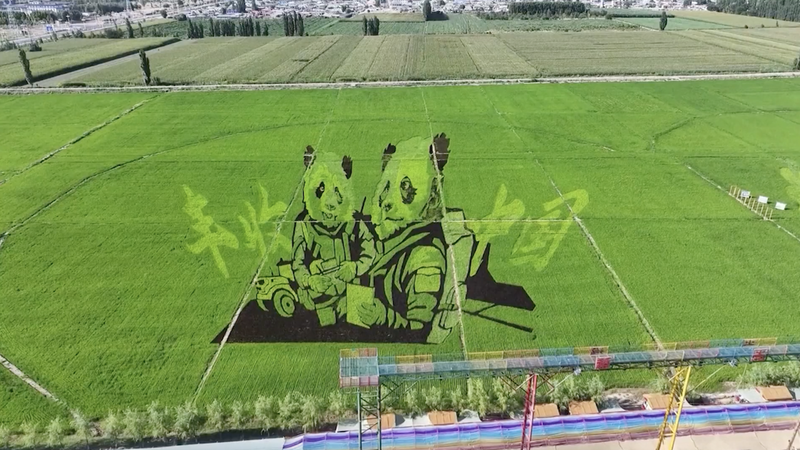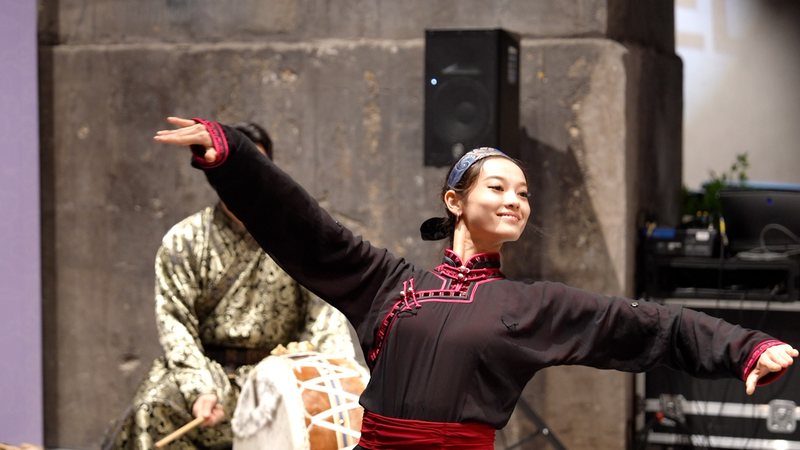In Qapqal Xibe Autonomous County, in the Chinese mainland’s Xinjiang region, rice paddies have transcended their agricultural roots to become sprawling canvases of art. As the season peaks, fields of multicolored rice varieties blend into stunning patterns that draw travelers and photographers alike.
By carefully planting rice strains with different hues, local farmers create intricate designs that only reveal their full splendor from elevated viewpoints. Beneath the sun, the fields shimmer in shades of green, gold, and deep purple—each patch contributing to a vibrant tapestry that celebrates the harmony of nature and creativity.
This agritourism phenomenon appeals to young global citizens and digital nomads seeking immersive travel experiences. Visitors can explore hidden pathways between the paddies, capture the perfect shot for social media, and learn about sustainable farming practices that support local communities.
Across social platforms, images of these living artworks have gone viral, highlighting how simple agricultural traditions can inspire global art trends. For entrepreneurs and thought leaders, Qapqal’s rice art offers a compelling case study of how cultural heritage and innovation can drive economic growth in emerging regions.
Whether you’re an eco-conscious traveler, a photography enthusiast, or a culture seeker, Qapqal Xibe’s rice paddy art invites you to witness a one-of-a-kind fusion of art and agriculture. Consider adding this kaleidoscopic landscape to your next travel itinerary for an unforgettable journey into creativity.
Reference(s):
cgtn.com




